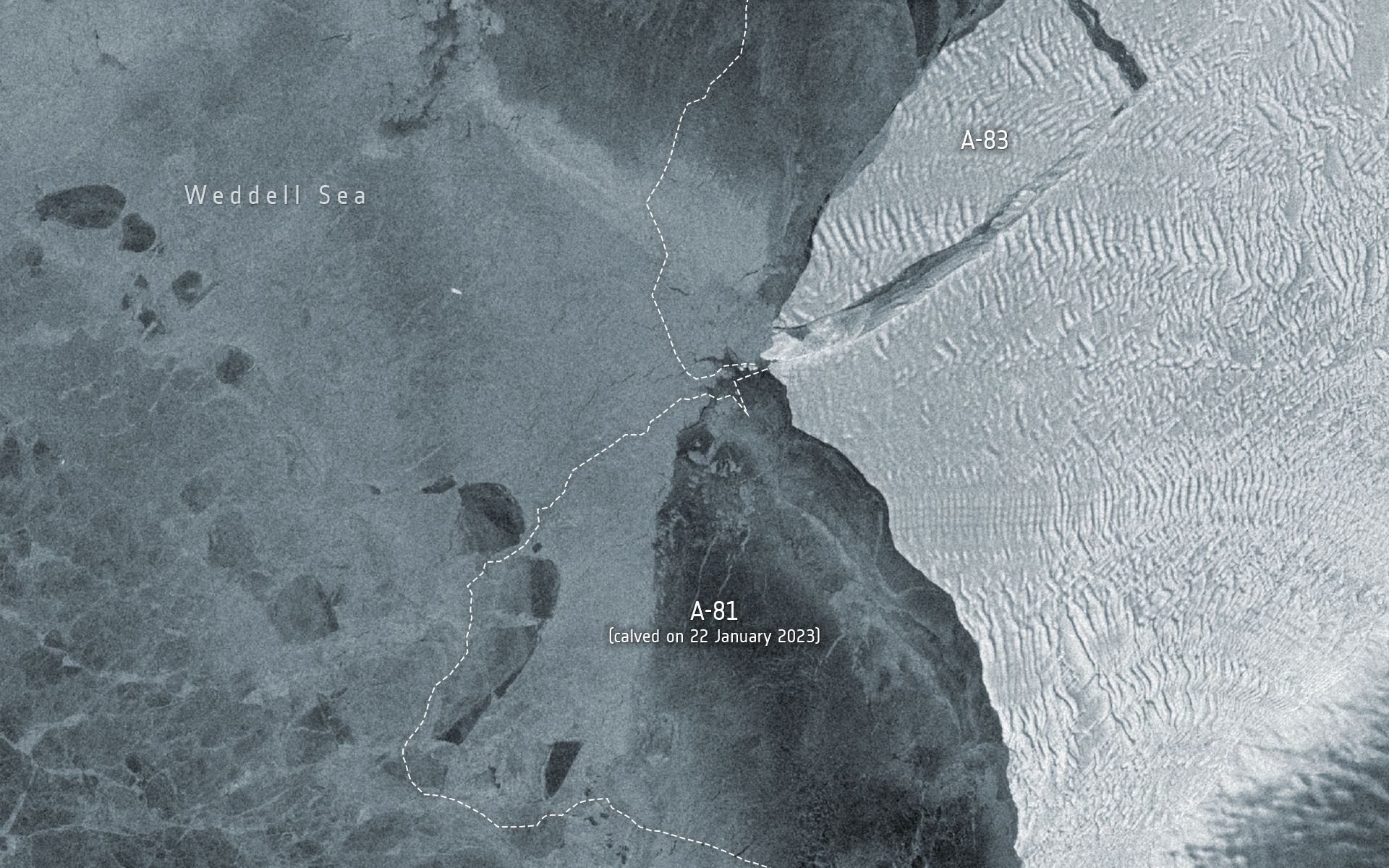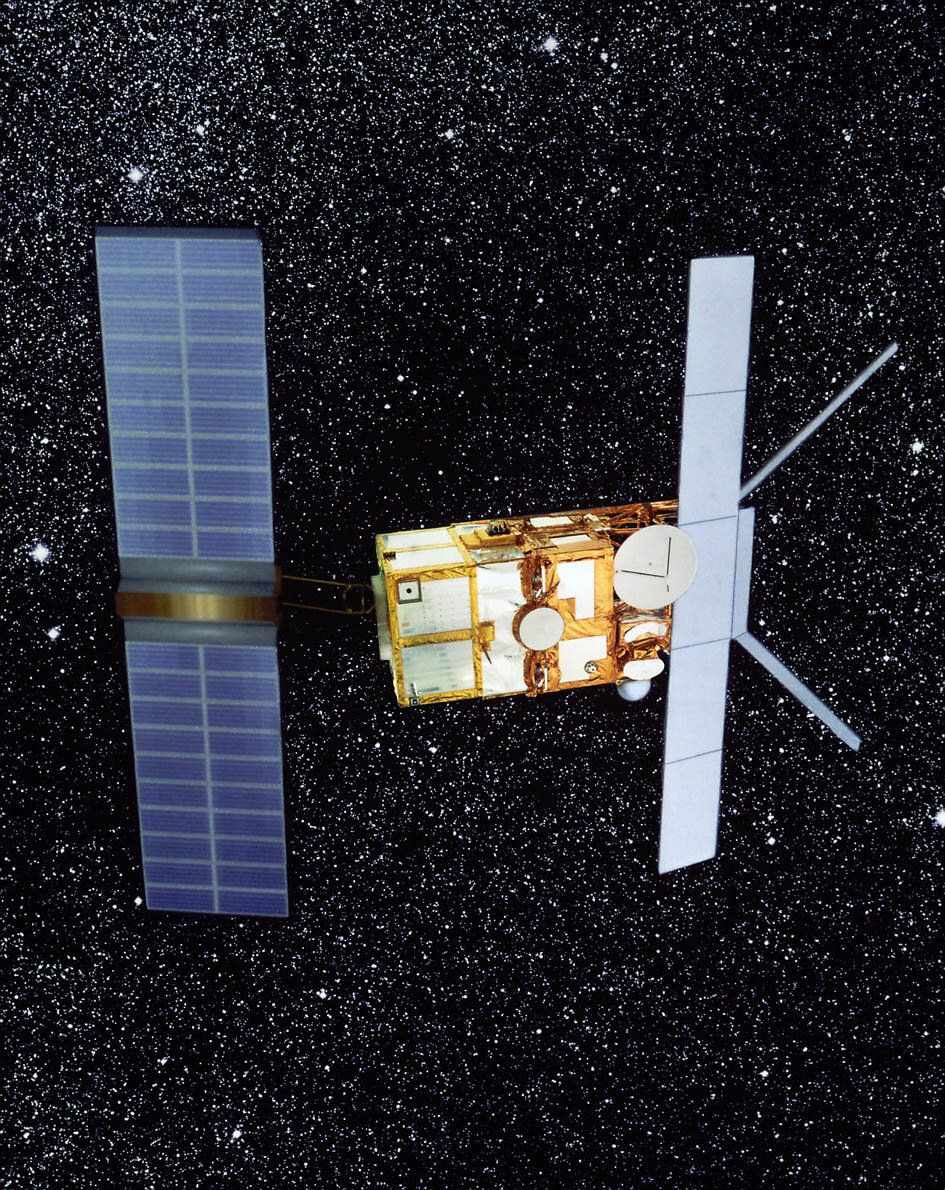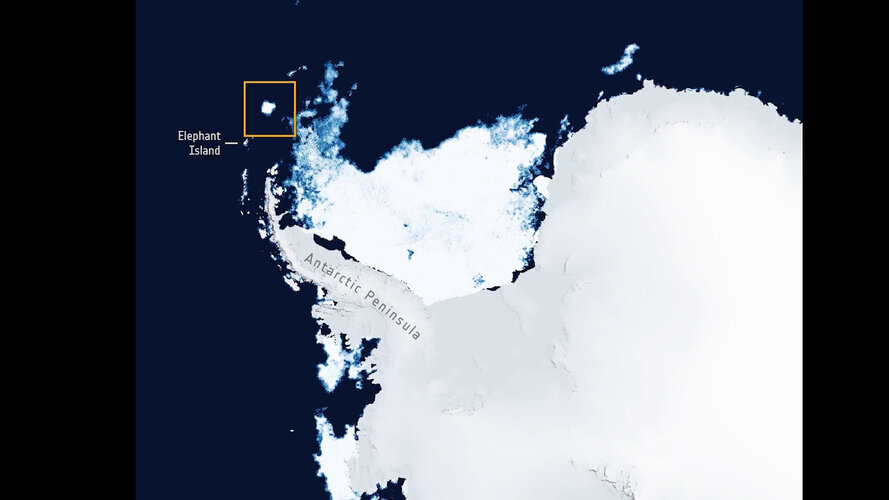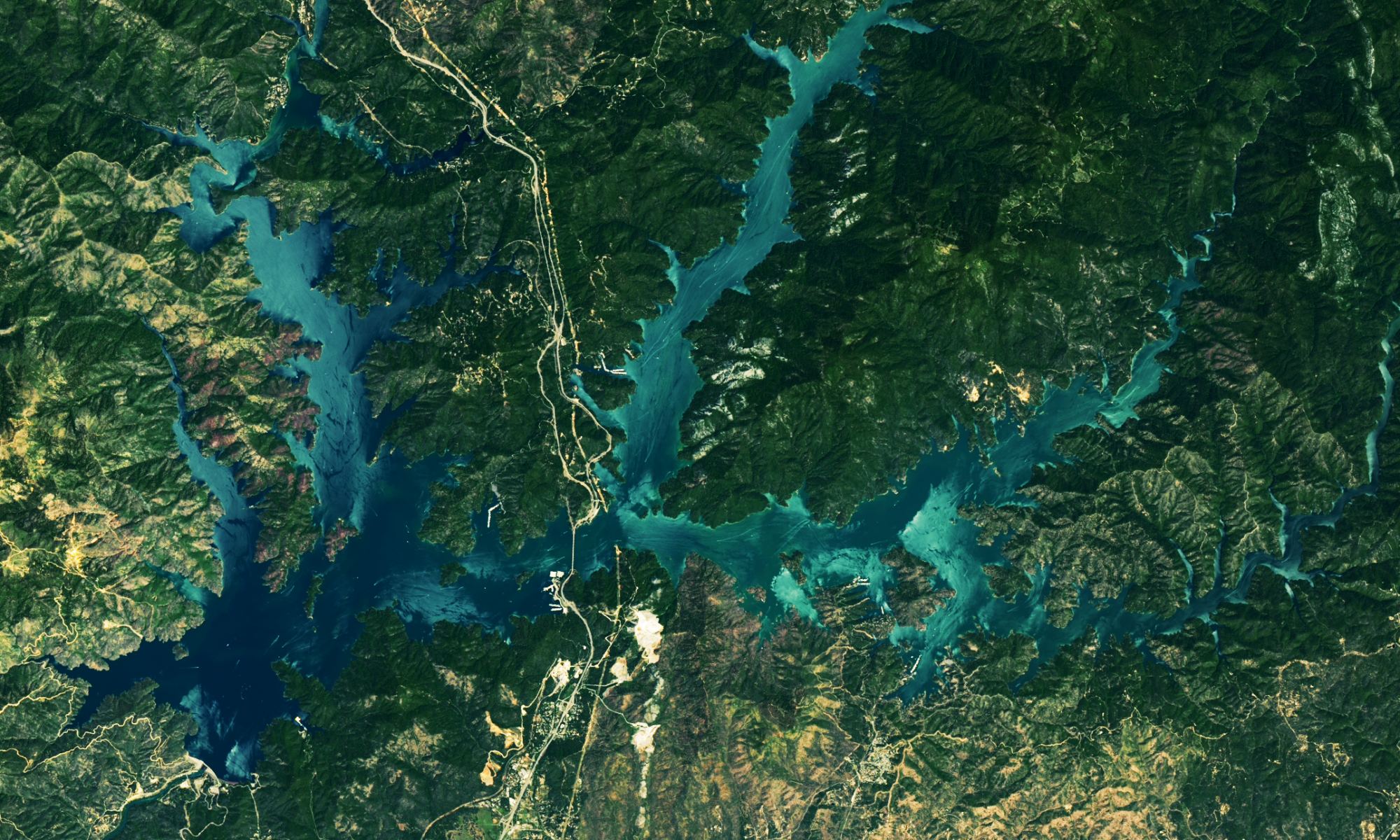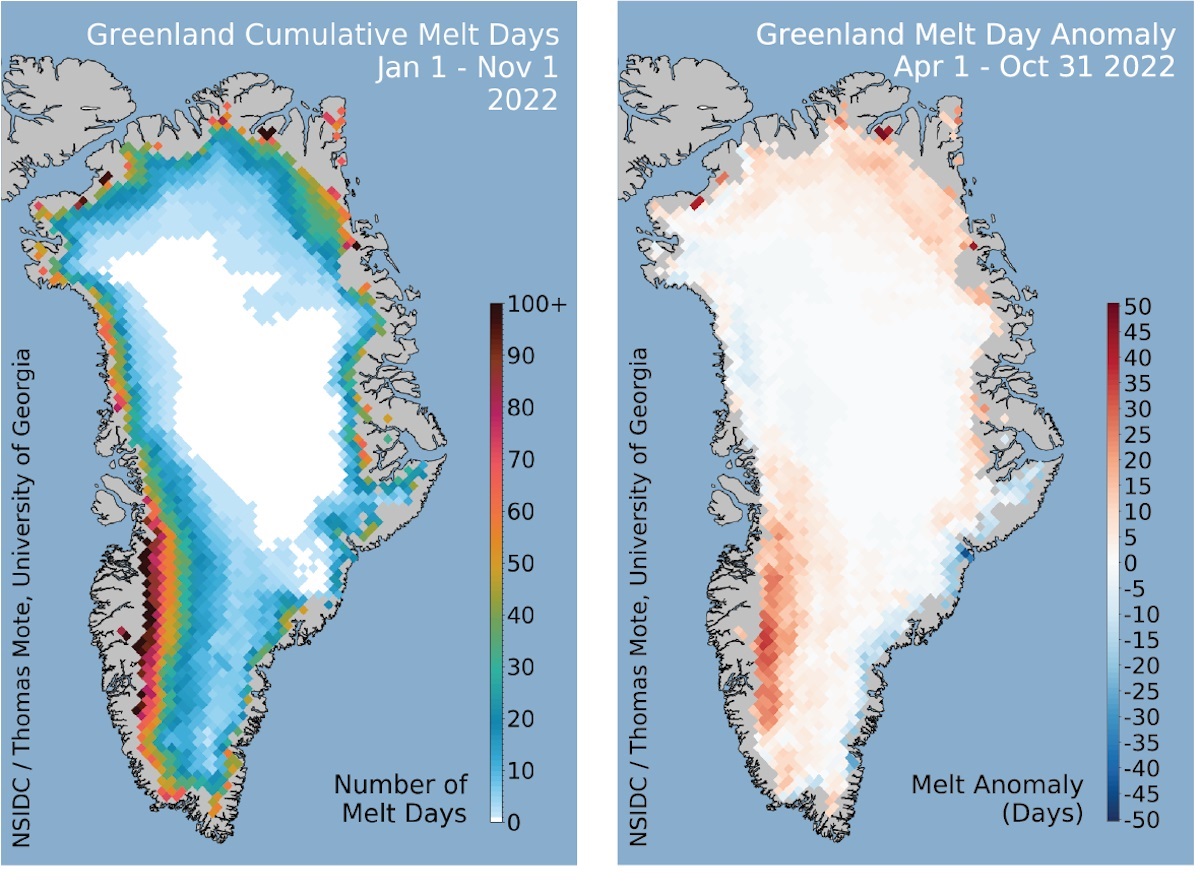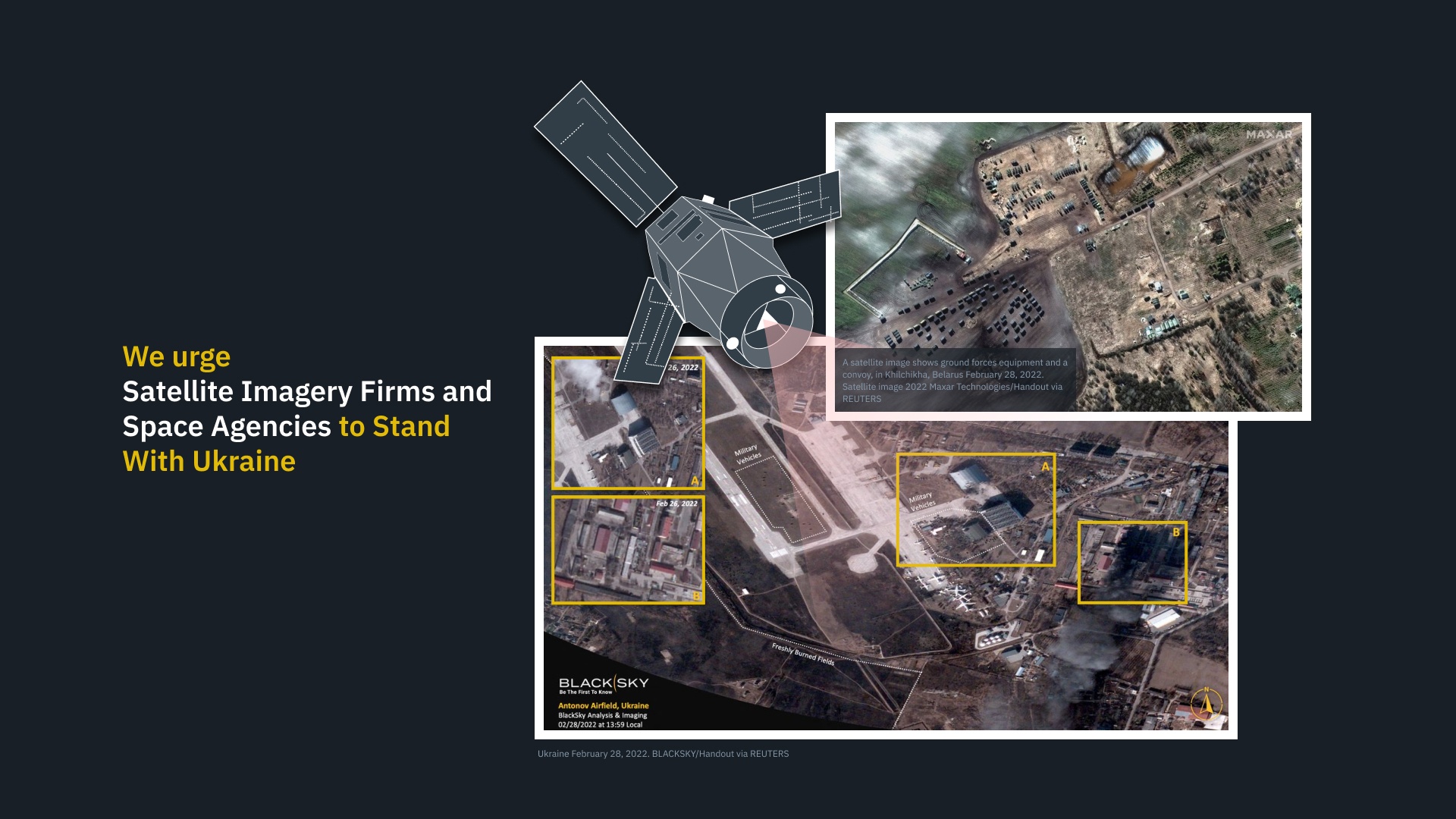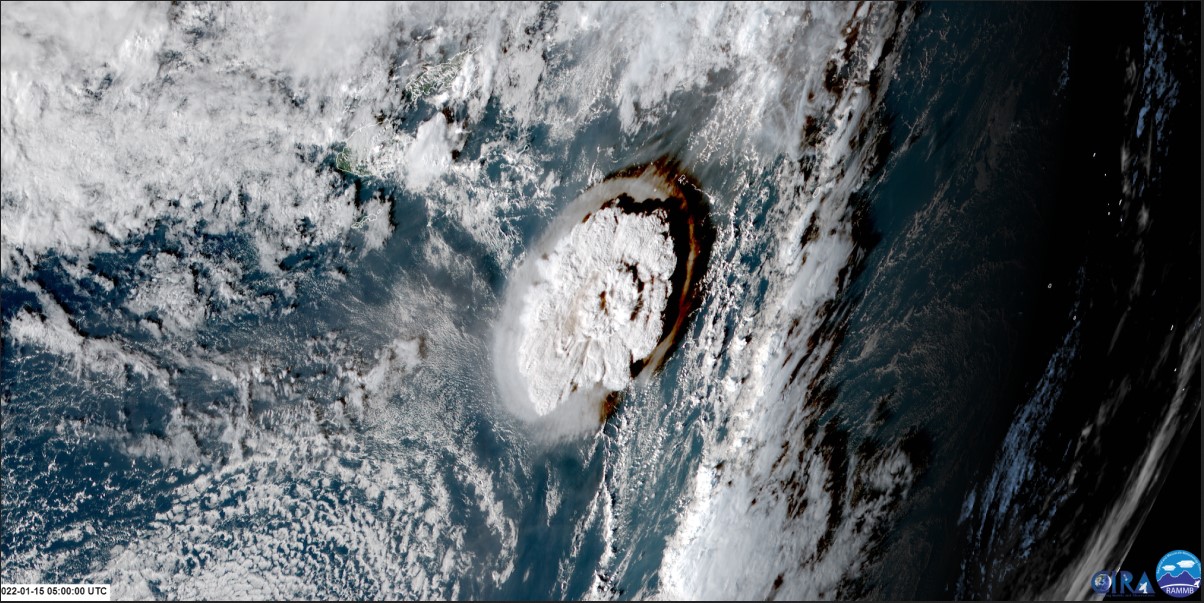According to the United Nations, the world produces about 430 million metric tons (267 U.S. tons) of plastic annually, two-thirds of which are only used for a short time and quickly become garbage. What’s more, plastics are the most harmful and persistent fraction of marine litter, accounting for at least 85% of total marine waste. This problem is easily recognizable due to the Great Pacific Garbage Patch and the amount of plastic waste that washes up on beaches and shores every year. Unless measures are taken to address this problem, the annual flow of plastic into the ocean could triple by 2040.
One way to address this problem is to improve the global tracking of plastic waste using Earth observation satellites. In a recent study, a team of Australian researchers developed a new method for spotting plastic rubbish on our beaches, which they successfully field-tested on a remote stretch of coastline. This satellite imagery tool distinguishes between sand, water, and plastics based on how they reflect light differently. It can detect plastics on shorelines from an altitude of more than 600 km (~375 mi) – higher than the International Space Station‘s (ISS) orbit.
Continue reading “Plastic Waste on our Beaches Now Visible from Space, Says New Study”

